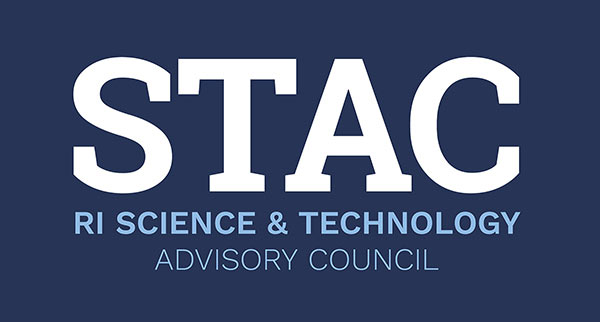Dr. Christian Franck
Assistant Professor of Engineering, Brown University
Helmets haven’t changed much since the late 1970s. Most are even tested in the same fashion, a simple drop test which is designed to gauge their ability to prevent skull fractures. The track record is impressive — with skull fractures resulting in very few of all helmet-protected head injuries.
However, as Brown University Assistant Professor of Engineering Christian Franck points out, helmet technology’s ability to prevent skull fractures has introduced a new set of issues: “Today’s helmets are keeping people alive — but now brains are damaged.” Such damage is often missed, as the worst of it may have occurred at the cellular level. Cellular damage often takes months, or years, to manifest related symptoms. The delay or absence of a proper diagnosis can have tragic results for traumatic brain injury (TBI) victims.

Franck is part of a STAC award-funded collaborative research team that is producing substantive results in addressing head trauma injury issues. He first became interested in TBI while at Harvard. There, as part of a biophysics group led by Kevin “Kit” Parker, he looked at blast injury concussion results. TBI shares many of the same symptoms caused by post-traumatic stress disorder, such as insomnia, headaches, and irritability. High rates of TBI resulting from current combat operations have become a matter of great concern to the U.S. military. Military leaders acknowledge TBI’s tremendous impact, both on service members’ health and safety, as well as troop readiness and retention.
As he worked with brain cells that had been subjected to TBI, Franck became interested in the forces these cells ‘see.’ Franck explains: “The thing about TBI is that everything starts with the cells. When they die, or change networks — all that affects how we perceive memory, what we think, and potentially impacts different functions.”
When Franck arrived at Brown University a comprehensive medical school project related to TBI was already underway. The project, led by Dr. Trey Crisco, in collaboration with Dartmouth and Virginia Tech, involved instrumenting NCAA players’ helmets with accelerometers in order to measure the acceleration of their heads during impact, then comparing results with subsequent diagnoses of concussions by medics on the field.

Hearing of the research, Franck recognized an opportunity to continue his inquiry into TBI, and soon was in contact with Dr. Crisco.
TBI, regardless of whether incurred in combat or on the football field, is diagnosed and treated in subjective fashion. Franck, working with Dr. Crisco and supported by STAC, has been helping to move science towards an objective assessment of TBI cases. Other collaborators include experts from Brown Med, Rhode Island Hospital, Simulia, and the Veterans Administration Hospital.
The project team was granted the STAC award in 2009. One part of their work, the science investigation, involved looking at cells and how they ‘see’ and respond to forces. This work uses equipment that enables the construction of elegant 3-D animation models of damaged brain cells.

The other part of the STAC-funded work involved a translational engineering application using Dr. Crisco’s original design for an apparatus that gets fitted into helmets in order to measure impacts. With support from STAC, Franck and other Brown engineers devised significant upgrades to the original design. The resulting prototype was successful enough to inspire an Ohio-based helmet technology company, Team Wendy, to invest in a collaboration. The current system is well on its way to being able to measure a hit and instantaneously signal the level of injury to medical personnel up to a mile away. This poses incredible potential for military application: “In a blink, the medic would see on the screen, ‘This person’s going to have a concussion,'” explains Franck.
All the system’s small electronics are manufactured in Rhode Island. Team Wendy now has a proposal before Congress. Were it to be funded, the state would reap immediate benefits.

Of his team’s efforts, Franck says, “We’ve done really well.” He attributes a lot of the work’s success to STAC’s support. “People say, ‘What can you do with such a small amount of money?’ In academia… it allows you to… get people together, develop fertile ground, establish an infrastructure — then, if the community is supportive, you can really make something. Every big building starts small.”
